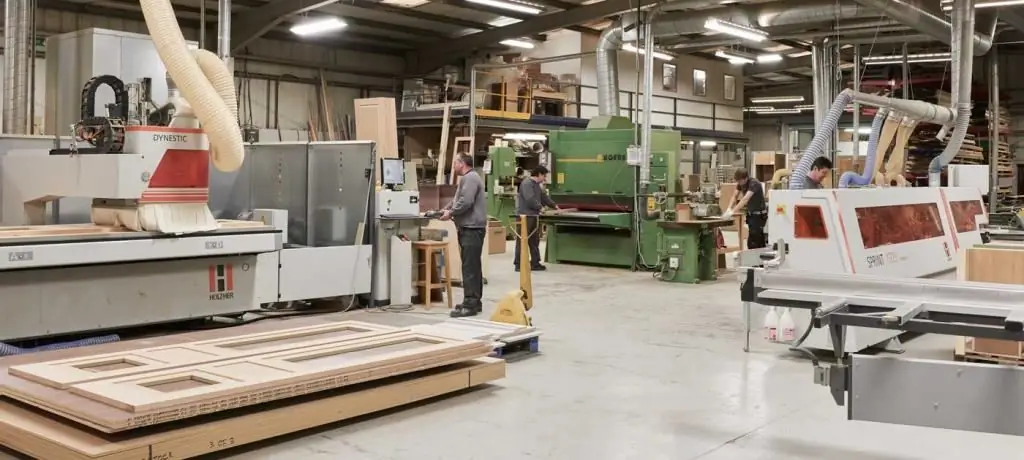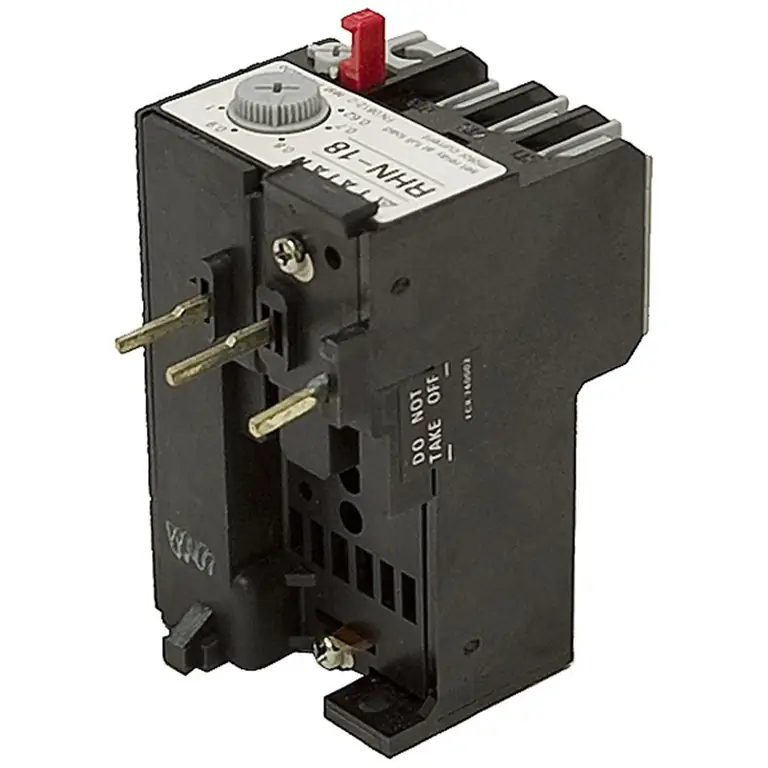2025 Author: Howard Calhoun | [email protected]. Last modified: 2025-01-24 13:10:37
The installation base is a place on the machine table - in a vice, in clamps, in squares or in its other compartments, in which the workpiece is fastened, as well as such type of work as workpiece basing. This term is understood as fixing the position of the workpiece according to the location of the mounting base.
Description of base
For example, if a bar is milled, then its installation base will be the side part, along which the product is installed. When processing some templates, the central hole and its lower surface can act as such a basis. In other words, two parts serve as the installation surface at once.
From this we can conclude that the installation base can be both the outer surface and the inner one. The foundations themselves are also divided into several types. For example, if the surface is raw, then it is called a rough base. However, there is a minus here, which lies in the fact that it will not be possible to install the workpiece in the same way twice on the rough surface. Because of this, for the second processing operation and all subsequent ones, it is necessary to install the product onsurface that has been machined. In this case, the installation base is called the finishing base.

Base parameters
This base has a parameter, which is usually called the basing error. This term refers to any inaccuracy that has arisen in the size of the part itself. The reason for this is the vibrations that occur when the workpiece is placed on the mounting base. In addition, one more thing is required of these parts - they must ensure the correct relative position of the elements, and also have the most reliable fastening for the workpiece. In order to correctly select a surface for such criteria, there are several rules for choosing.

Choice
Firstly, it is necessary to use draft bases only once, for the initial installation of the product. In addition, it is impossible to remove the workpiece from the machine until a finishing base is ready for subsequent fasteners. This rule can be neglected only if the material is roughed and the surface is initially relatively flat, for example, after rolling.
Secondly, as a rough installation base of the part, you need to choose a surface that has the smallest allowance. If you strictly follow this rule, then the result will be that the amount of residual blackness on the workpiece will be significantly reduced. Another important point concerns the case if it is necessary to process the part not from all sides. ATin such a situation, exactly the side that has the smallest allowance should be used as the base of the draft type.
The last rule for selecting installation bases requires that the final processing of the product be carried out with an accurate relative position of the elements. In other words, the processing can be carried out in several stages. However, you should always use the same fastener option.

Additions to the rules of choice
When processing a surface in one setting, the errors of the base used, as well as the fixture used for work, will not affect the accuracy of the location of the parts. Due to this, it becomes possible in this case to use any plane as a setting element, regardless of whether it is machined or rough. Most often, such an approach is used when an enlarged method of the technological process is used. The advantage is that you can either significantly reduce the cost of processing or improve the accuracy of fixtures.
If you process products on several installations, then in this case the error of both the surface and the device itself will greatly affect the accuracy of work. It follows from this that they can be processed only when installed on the same plane, that is, on a finishing base.
One of the important requirements for a plane is that it must provide a longitudinal and constant movement of the workpiece on the machine. Asthe base is allowed to use the ends of the product or ledges. Compliance with this requirement is most important if there is a process of serial production of parts or just a very large batch.

Installation elements
The installation base of fixtures, machine tools and the assembly of some parts includes the need for such an operation as basing and fastening. To perform these two procedures, the principle of different bases is used.
As for the need for fastening, that is, force contact with the surface of the machine, its necessity, in principle, is obvious. In order to work with maximum precision, it is necessary to install the workpiece so that its location is correct in relation to the working parts of the device. In addition, the installation technological base must ensure continuous contact with the supports.
Another important requirement is to ensure the complete immobility of the product in relation to the fixtures on the machine during work. In order to fulfill this requirement, it is necessary that the part has a fixture with all the main supports. The number of such supports depends on the number of degrees of freedom that the workpiece must completely lose. Since vibrations are allowed during operation, it is necessary that the rigidity is maximum, and there is also a device at hand that will increase the vibration resistance of the material. To do this, you need to use auxiliary and self-adjusting type supports along with installation bases.

Bases for different types of products
In order to create a connection with such elements that have a spherical, knurled and flat head, use fastening with bushings. They connect to the body holes when they fit to form a mounting surface.
If you need to fix a product that has cylindrical holes, as well as one plane perpendicular to them, it is best to use flat supports and standard type mounting fingers. To avoid problems during operation, in particular jamming, it is necessary that one of the setting fingers be sheared, and the other cylindrical type. In this case, the installation base will meet all requirements.

Misalignment of planes
A similar problem occurs if the installation base is not the measurement base at the same time. In this case, the occurrence of a basing error is simply inevitable, and therefore there are rules that must be followed in this case.
The first rule is that initially you need to machine the surface that in the future can become the best finishing surface for the part. This rule is based on the principle that the second and subsequent operations will always be more demanding on the execution process. Naturally, this requires a good foundation.
The second rule says that you can choose the surface as the basewhich has a minimal margin of error relative to others.

Crankshaft mounting base
The crankshaft is one of the most important parts in an internal combustion engine. This element has parts such as necks, which during operation will experience high specific loads, since sliding friction is observed. The mounting base for the crankshaft is precisely these necks. It is also worth noting that such an element will be constantly operated under conditions of variable dynamic load.
From the above, we can draw the following conclusion. The correct choice of the installation base, compliance with all the rules for such a choice, as well as the correct approach to work in the event that an error is inevitable, is the key to a correctly manufactured part. In other words, the choice of base largely determines the quality of the final product.
Recommended:
A put option is Definition, features, conditions and examples

Option trading is one of the types of trading in the financial markets. According to statistics, the most popular type of options for traders is the Put option, which will be discussed in this article. The reader will learn what a put option is in simple words, about its features, tasks in trading and characteristics, and examples will be given in the article
The concept and types of organizations: definition, classification and features

The first organizations began to emerge in antiquity with the appearance of the first communities and tribes. They consisted of small groups, were very simple in structure and did not have complex goals. Now they have fully entered our lives, and without them there would be chaos and disorder everywhere. In the article we will consider in detail the types of organizations and how they operate
Machines for furniture production: types, classification, manufacturer, characteristics, instructions for use, specification, installation and operation features

Modern equipment and machines for furniture manufacturing are software and hardware tools for processing blanks and fittings. With the help of such units, craftsmen perform cutting, edging and adding parts from MDF, chipboard, furniture board or plywood
HDPE pipe: do-it-yourself installation, installation features and instructions

When HDPE pipe is installed, the installation is done mainly by welding or compression fittings. If the installation rules are followed, the connections will be airtight and durable for many years
Protection devices: purpose, types, classification, specifications, installation, features of operation, settings and repair

Protection devices are currently in operation almost everywhere. They are designed to protect both electrical networks and electrical equipment, various machines, etc. It is very important to properly install and follow the operating rules so that the devices themselves do not cause a fire, explosion, etc

